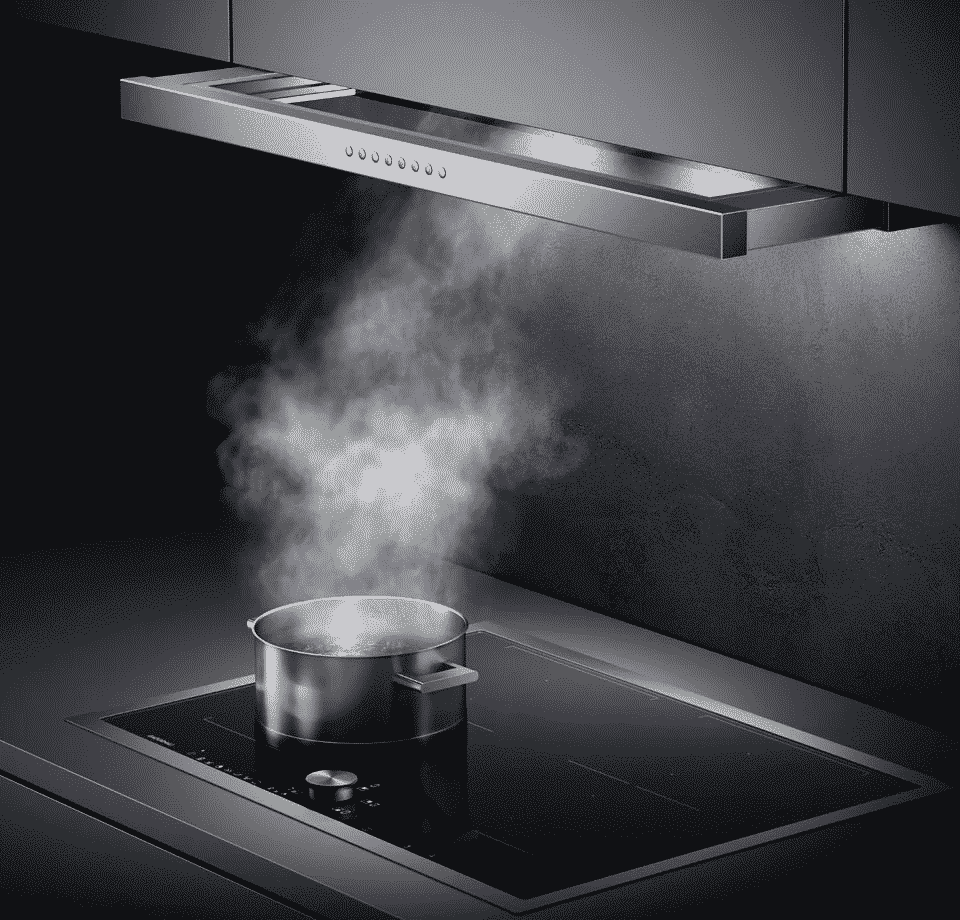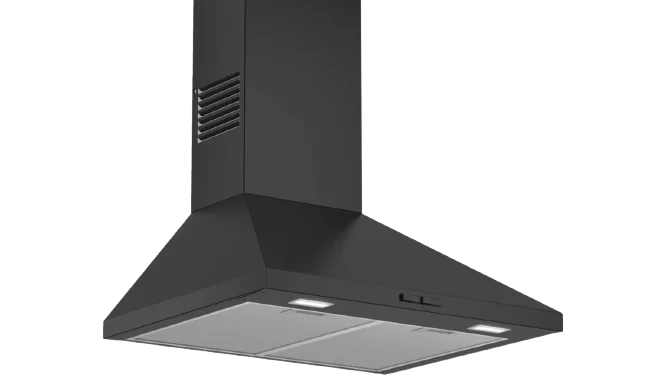installation of kitchen hood
The kitchen hood has become an essential appliance in the room. The accessory offers an aesthetic visual to said kitchen and much more. In this way, to have a kitchen equipped in the standards, its installation remains essential. It allows an effective elimination of vapors and odors generated by the cooking of your dishes. The models are multiple on the market and all have a different functionality from each other. In this case, you must know in advance your performance needs before opting to buy a range hood.

What is a kitchen hood?
The usefulness of the kitchen hood
The installation of the kitchen hood is mainly carried out above the hob. It is often referred to as a kitchen extractor hood in the market. This name very accurately indicates its main function as an air-extracting household appliance. The device evacuates air and draws in air that spreads below it. It offers two interesting and cumulative features:
- The evacuation of vapours and fumes;
- Odor elimination.
It thus improves the air quality in the room and plays a crucial role in health.
On the market, suppliers offer two types of kitchen extractor hoods: decorative hoods and cap hoods. Both allow effective removal of vapours and odors. In addition, they are always equipped with a fan, a suction cone and a filter. The filter is an important element in order to retain the fat from the air evacuated by the various cooking. The big difference remains on the air suction capacity. Moreover, the price of a kitchen hood varies according to this power of the appliance in cubic meters of capacity.

Once the area is in hand, it would be best to have a ventilation duct to prepare for evacuation to the outside. This tool offers ample efficiency of the ventilation system of the device.
This step is useful to allow the home a better energy efficiency of the device.
Tools to prepare before installing the range hood
Before any installation, preparations must take place such as measuring the location area of the device. To do this, it will be necessary to bring:
- A pencil and a meter;
- A screwdriver and a drill;
- A stepladder.
The steps to follow for a kitchen hood installation
The advantage of the kitchen hood installation lies in the improvement of the air quality of the room. In addition, it allows a significant improvement in the quality of life of everyone since the fumes no longer pile up in the room.
The secret of the installation lies in the proper fixing of the materials to avoid a possible backflow. The good tuning of the device to electricity is also to be taken seriously.
First of all, the preparation of the area turns out to be the first step. Tracing and measuring the top of the hob are essential to avoid any unpleasant surprises. From now on, the reference of the installation height implies a well-defined calculation according to the instructions accompanying the device. This height must be 2.62 feet minimum for gas plates and 2.29 feet minimum for electric plates. The preparation also concerns the cutting off of electricity for safety reasons.

After all the indications of safety and efficiency, one can now start with the consecutive installation of the elements of the kitchen hood. The next step is to fix the hood bracket against the wall. The location of the device concerns the constraints mentioned above.
In the event that the type of hood to be installed requires an external drainage system, an installation element is added to the process. It is an impermeable exhaust duct allowing the agreement between the outside and the kitchen hood.
The last step is the alignment of the device with electricity. This step consists of joining the extractor hood with a socket that provides electricity. From now on, you can test whether the machine works, i.e. whether the exhaustion of air to the outside is effective or not. During the first weeks of use, you should notice the eradication of oily dandruff on the walls.
The installation of the kitchen hood remains a large DIY task. Following the steps remains easy since the feature manual explains everything. However, in order to avoid any risk of improper installation, consult a professional in the field.
To speak to one of our experts
We
